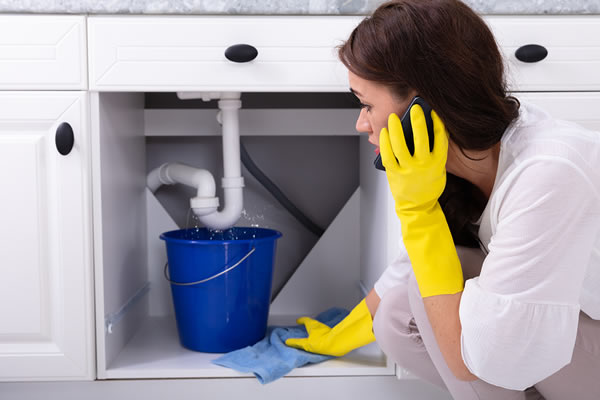Just how to Locate and Repair Service Water Leaks-- A Comprehensive Overview
Just how to Locate and Repair Service Water Leaks-- A Comprehensive Overview
Blog Article
Just about everyone has got his or her own way of thinking with regards to Finding hidden leaks.

Early discovery of leaking water lines can reduce a prospective disaster. Some tiny water leaks might not be noticeable.
1. Check Out the Water Meter
Every home has a water meter. Inspecting it is a guaranteed manner in which assists you find leaks. For starters, turn off all the water resources. Ensure nobody will flush, utilize the tap, shower, run the washing device or dishwashing machine. From there, most likely to the meter and watch if it will certainly transform. Since nobody is using it, there must be no activities. If it relocates, that shows a fast-moving leak. If you spot no adjustments, wait an hour or two and examine back again. This implies you may have a slow leak that could even be underground.
2. Check Water Usage
If you identify abrupt modifications, regardless of your intake being the exact same, it implies that you have leakages in your plumbing system. A sudden spike in your costs indicates a fast-moving leakage.
A constant rise every month, even with the exact same behaviors, reveals you have a slow leak that's likewise gradually intensifying. Call a plumber to extensively check your residential or commercial property, particularly if you really feel a warm area on your floor with piping underneath.
3. Do a Food Coloring Test
When it comes to water intake, 30% comes from bathrooms. If the shade somehow infiltrates your bowl throughout that time without flushing, there's a leak between the storage tank and bowl.
4. Asses Outside Lines
Don't fail to remember to inspect your outdoor water lines too. Test faucets by connecting a yard hose pipe. Should water leak out of the link, you have a loosened rubber gasket. Change this and ensure all connections are tight. If you've obtained a lawn sprinkler, it will certainly help get it professionally analyzed and kept each year. One tiny leakage can lose lots of water as well as increase your water costs.
5. Assess the situation and also examine
Home owners should make it a routine to examine under the sink counters and even inside closets for any kind of bad odor or mold and mildew development. These 2 red flags show a leak so punctual attention is needed. Doing routine examinations, also bi-annually, can save you from a major issue.
Check for discolorations as well as deteriorating as most home appliances and pipes have a life span. If you presume dripping water lines in your plumbing system, do not wait for it to escalate.
Early detection of dripping water lines can mitigate a prospective catastrophe. Some little water leakages might not be visible. Inspecting it is a surefire method that helps you find leaks. One small leakage can lose bunches of water and spike your water costs.
If you believe dripping water lines in your plumbing system, don't wait for it to intensify.
WARNING SIGNS OF WATER LEAKAGE BEHIND THE WALL
PERSISTENT MUSTY ODORS
As water slowly drips from a leaky pipe inside the wall, flooring and sheetrock stay damp and develop an odor similar to wet cardboard. It generates a musty smell that can help you find hidden leaks.
MOLD IN UNUSUAL AREAS
Mold usually grows in wet areas like kitchens, baths and laundry rooms. If you spot the stuff on walls or baseboards in other rooms of the house, it’s a good indicator of undetected water leaks.
STAINS THAT GROW
When mold thrives around a leaky pipe, it sometimes takes hold on the inside surface of the affected wall. A growing stain on otherwise clean sheetrock is often your sign of a hidden plumbing problem.
PEELING OR BUBBLING WALLPAPER / PAINT
This clue is easy to miss in rooms that don’t get much use. When you see wallpaper separating along seams or paint bubbling or flaking off the wall, blame sheetrock that stays wet because of an undetected leak.
BUCKLED CEILINGS AND STAINED FLOORS
If ceilings or floors in bathrooms, kitchens or laundry areas develop structural problems, don’t rule out constant damp inside the walls. Wet sheetrock can affect adjacent framing, flooring and ceilings.
https://www.servicemasterbyzaba.com/blog/how-to-detect-water-leakage-in-walls/

We hope you enjoyed reading our piece about Top leak detection hacks. Thank you for taking the time to browse our blog. Enjoyed our write-up? Please share it. Help someone else find it. We truly appreciate reading our article about Detecting hidden plumbing leaks.
Report this page